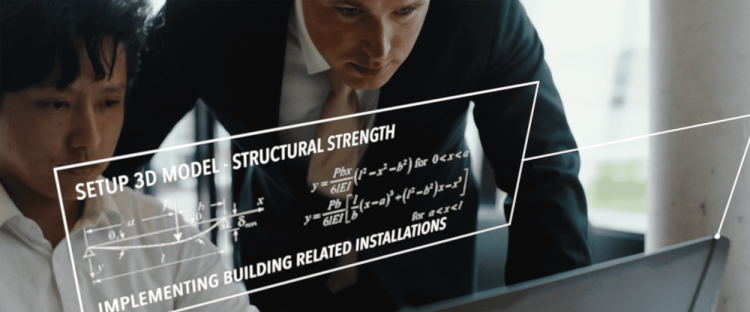



The world of construction is evolving at a rapid pace, and at the forefront of this evolution is Building Information Modeling (BIM). BIM is a technique that leverages digital, 3D building designs to guide and monitor construction processes, greatly impacting the architecture, engineering, and construction (AEC) industries. In addition to BIM, the industry is also witnessing significant advancements in robotics. Surprisingly, BIM and robotics can work together to revolutionize construction sites, making them safer, more efficient, and cost-effective.
In this blog post, we will discuss the advantages of using robotics in AEC and how it can enhance the BIM workflow, as well as showcase some case studies of innovative projects that have successfully integrated BIM and robotics. This post aims to demonstrate how The BIM Engineers is leading the world of BIM and revolutionizing the construction industry.
Robots have the potential to greatly improve the construction workflow. Although some human jobs may become obsolete, the benefits far outweigh the drawbacks. Robots can perform mundane or dangerous tasks, improving safety and increasing performance on construction sites. By using the building information model as a map, robots can navigate construction sites with ease.
Some of the advantages of using robots in AEC include:
In the small village of Vezin, BIMPrinter has developed a robot capable of drawing out an architect's plans on the construction site with millimeter accuracy. This revolutionary technology is currently being used by Belgian construction giant Besix in the construction of the Mohammed VI Tower in Rabat, Morocco. The robot can draw a floor in just one day, significantly increasing efficiency and reducing errors.
The innovative Bimprinter developed in the Walloon village of Vezin is making waves in the construction industry, as demonstrated by its use in the construction of the Mohammed VI Tower in Morocco. This advanced robot seamlessly transfers architects' building plans onto the construction site with remarkable accuracy, significantly improving productivity and precision. As a result, surveyors and construction workers can complete their tasks more efficiently, while the risk of errors is reduced. Despite concerns about robots potentially replacing human jobs, Vincent Agie, the founder and CEO of Bimprinter, emphasizes that the robot is not intended to replace surveyors but rather to serve as a helpful tool, much like drones. The Bimprinter is just one example of how robotics and BIM can work together to revolutionize the construction industry, offering significant benefits in terms of time, cost, and safety.
Case Study 2: Vandenbussche - First Self-Propelled Robotic Printer on a Flemish Construction Site
A mobile topographic robot, or BIM printer, was recently deployed on a Flemish construction site in Koksijde, Belgium. The robot can autonomously draw details from digital drawings at full size and with millimeter precision on a floor. CEO Kristof Defruyt of construction company Vandenbussche believes that this investment showcases their commitment to digitization and sustainability in the construction sector.
The integration of BIM and robotics is truly transforming the construction industry. Robots are capable of improving efficiency, reducing errors, and enhancing safety on construction sites. The BIM Engineers is at the forefront of this revolution, constantly pushing the boundaries and leading the world of BIM. By embracing these technological advancements, building project managers can ensure that their projects are completed with the highest level of quality and efficiency. The future of construction lies in the harmonious integration of BIM and robotics, and The BIM Engineers is leading the way.
Copyright © 2024 The BIM Engineers. All Rights Reserved | Design & Developed by Prettify Creative